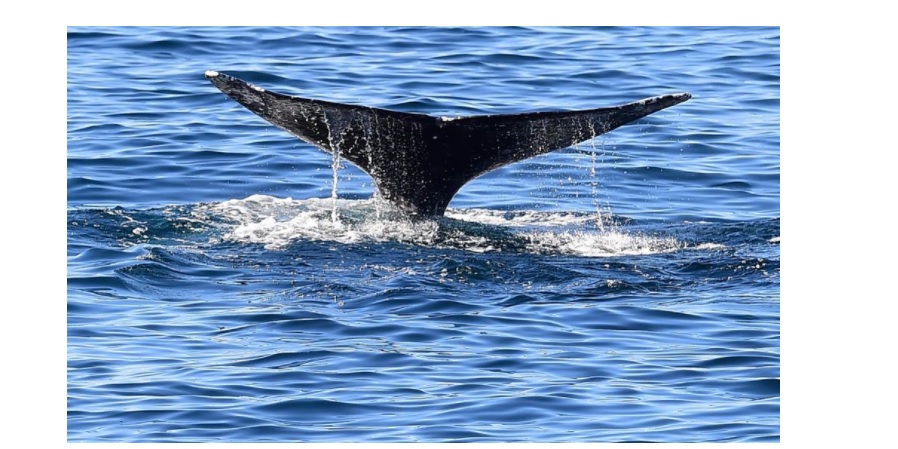Gray whales make one of the longest migrations of any mammal on earth. Every year of their lives they swim more than 10,000 miles roundtrip, between nursery lagoons in Mexico to feeding grounds in the Arctic.
The gray whale (Eschrichtius robustus) visits the Ojo de Liebre Lagoons in Baja California Sur, in order to reproduce in the warm waters of Mexico.
In a statement, the National Commission of Natural Protected Areas (CONANP) reported that 90 percent of the whales of this species on the planet, are born in this Natural Protected Area (ANP) of Baja California Sur.
The Gray Whale Migration begins with pregnant mothers leaving the Bering Strait in October for their breeding grounds in Baja, Mexico.
They are followed by the general population, and then juvenile whales who all head south for the warmer, safer waters of three Mexican lagoons: St. Ignacio, Magdalena, and Ojo de Liebre (also known as Scammons). By the third week of January vast numbers of whales can be seen heading south.
Around mid-February, the whales can be seen heading north again, and they continue to travel until April, when the mothers return with their calves. The pairs must cross over the cavernous canyon where killer whales lie in wait and often attack the calves.
National Geographic, BBC and other international film crews flock to California and Baja California to film this exciting wildlife footage. Mothers can save their young if they can head to shallow waters, and the chase is spectacular.

Sources:
OEM
Forbes.com


